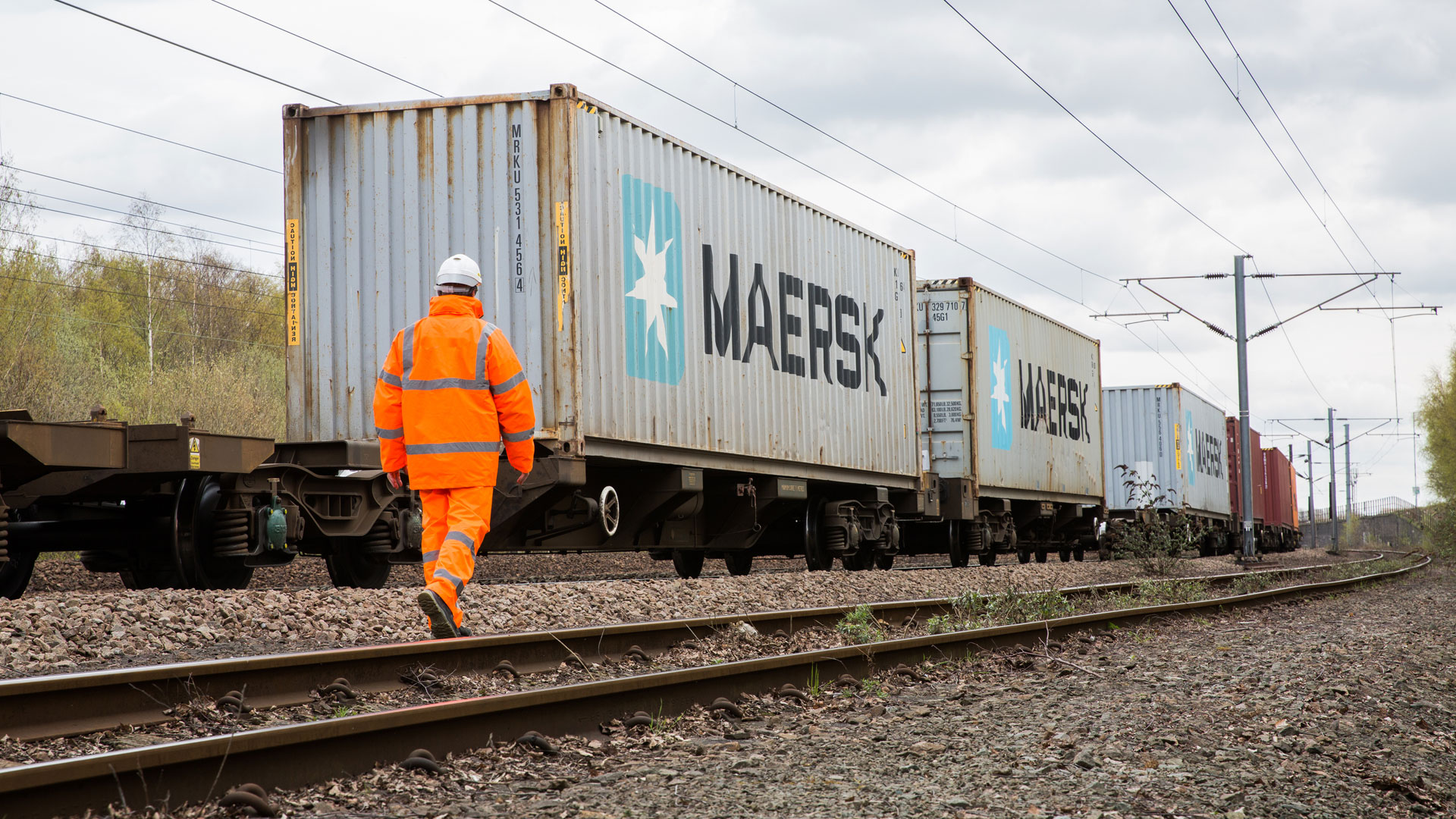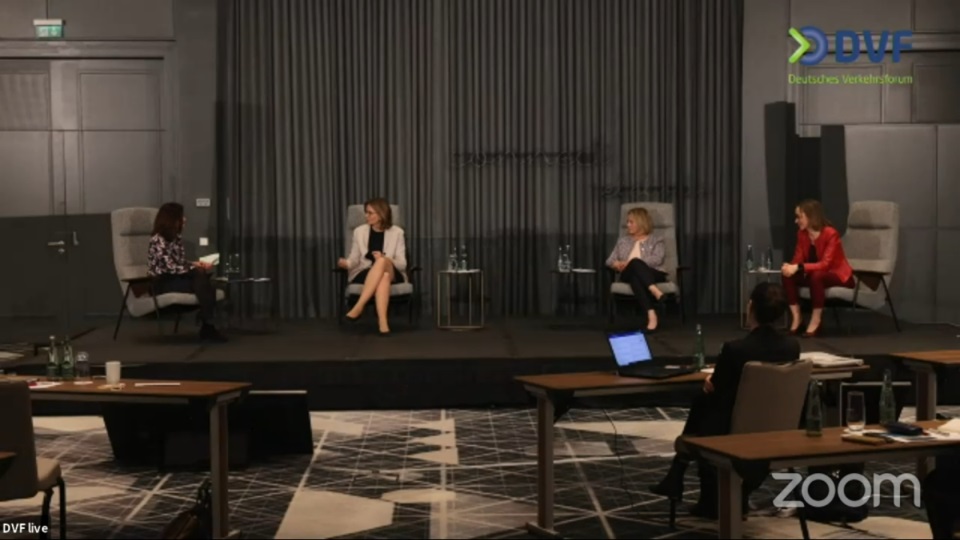
How to fix the carrier-shipper relations

The pandemic has led to numerous challenges for the entire maritime industry: After global lockdowns slowed down successively both productivity and consumption the carriers reacted with blank sailings and adaptions of their networks. But then the demand increased unexpectedly strong through the third quarter.
This resulted in the biggest operational crisis the industry has seen in many years: a lack of capacity on the vessels coupling with a shortage of container equipment, congestion in several ports and subsequently severe delays.
Not only the demand exploded, subsequently also the freight rates did. And the blockade of the Suez Canal in March pushed freight rates upwards even further. At the same time the quality of service and reliability declined to the lowest level seen at least in the last decade.
Whereas most market players acknowledge that the situation is very demanding, assessments on how it is handled by the carriers differ. This results in tensions in the relationship of carriers and shippers as well as freight forwarders.
If and how it is possible to improve this relationship was in the focus of this year’s mariLOG conference by DVZ. After a keynote speech given by Jan Tiedemann, Senior Analyst Liner Shipping and Ports at Alphaliner market experts, Poul Hestbaek, Chief Executive Officer at Hamburg Süd, Bodo Knop, Chairman of the board of the Puchasing company Xstaff as well as Jan Harnisch, Global COO at Rhenus Air & Ocean, participated in the panel discussion moderated by Sebastian Reimann and Oliver Link from DVZ.
“We are not happy with the situation either”, stated Hestbaek, underlining that all vessels are in operation and the pain point is schedule reliability. Knop acknowledged that the bottleneck of container equipment is not easy to solve but also emphasized that contractual agreements need to be observed by the carriers and that this would help to improve the situation.
Harnisch criticized the carriers especially on their communication, but also admitted “the main problem is the forecast of bookings.” Tiedemann recalled that shippers had not been willing to pay 10 percent more asked by the carriers for quality products: “This is now avenging itself.” The panel participants assume that the current market situation will not change within shortly. A little ray of hope: Hestbaek expects a new normality by the end of the third or through the fourth quarter. (ol)


